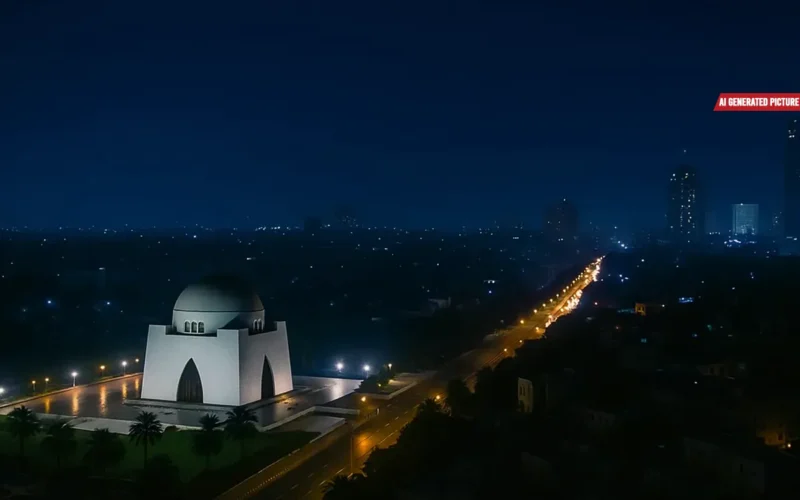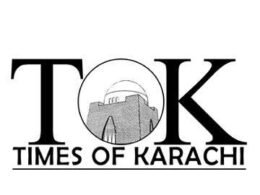Karachi is experiencing sharply deteriorating air quality, with PM2.5 concentrations rising to dangerous levels across several neighbourhoods and posing increasing health risks for millions of residents.
The Karachi PM2.5 pollution surge has raised widespread concern among environmental experts and public health officials.
Recent measurements from multiple monitoring stations show PM2.5 levels far above the World Health Organization’s recommended 24-hour limit of 25 micrograms per cubic metre.
Follow the Times of Karachi channel on WhatsApp
These tiny particles can penetrate deep into the lungs and bloodstream, making them especially dangerous for vulnerable residents.
Some of the highest readings were recorded in Jamshed Town, where the Urban Unit reported 184 µg/m³ and the Urban Resource Center documented 177 µg/m³. Nearby, the Climate Action Center recorded 167 µg/m³, reflecting severe pollution throughout the locality.
Other major hotspots include Gulshan District’s Asif Gulistan-e-Johar at 156 µg/m³ and NED Main Campus at 153 µg/m³. The University of Karachi’s Institute of Space Science and Technology also reported a reading of 153 µg/m³, indicating persistent pollution across educational zones.
Visit Karachi air quality page for daily PM levels update
In Saddar Town, Zafar Memon registered 156 µg/m³ while NED University City Campus reached 169 µg/m³. DHA’s DG House DHA 5 documented 93 µg/m³, a lower but still unhealthy reading, showing citywide air contamination.
SITE Town’s Orangi Pilot Project recorded 155 µg/m³, and Malir District’s Engr Muzaffar Sir station reported 151 µg/m³. Keamari Town’s Solid Waste Management area showed 114 µg/m³, underscoring the impact of industrial and waste-related emissions.
Visit Times of Karachi website for the latest news-related content daily
Health experts warn that prolonged exposure to these levels may cause asthma attacks, severe breathing difficulties, heart complications, and long-term respiratory illnesses.
They urge residents to wear masks outdoors, use air purifiers if possible, and avoid unnecessary exposure, especially during peak pollution hours.
Environmental specialists attribute the worsening crisis to vehicle emissions, industrial smoke, construction dust, and open waste burning.











